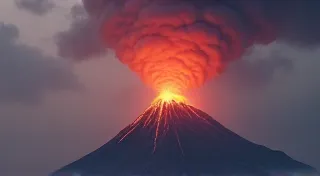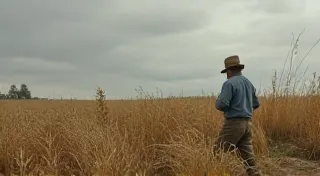Severe Tornado Outbreaks: A Historical Analysis
The American Midwest and South are tragically familiar with severe tornado outbreaks. While tornadoes themselves have always been a part of Earth's weather, understanding the historical context of these events – their frequency, intensity, and geographic distribution – provides valuable insight into potential long-term trends and the challenges posed by a changing climate. This article delves into significant tornado outbreaks throughout history, examining storm tracks, intensity ratings, and the regions most frequently impacted.
Early Records and Challenges in Assessment
Documenting tornadoes prior to the 20th century presents unique challenges. Early accounts were often anecdotal and scattered, relying on eyewitness observations. The Fujita scale (later enhanced to the EF Scale) wasn't developed until 1971, meaning earlier tornadoes were often assessed retrospectively, making accurate intensity comparisons difficult. Furthermore, population density played a significant role; an outbreak in a sparsely populated area might be less documented than one impacting a major urban center. Understanding the evolution of weather forecasting itself is crucial for interpreting these early accounts, and examining early warning systems offers a fascinating perspective on the limitations faced by past generations. These early attempts at prediction were often primitive compared to modern techniques, yet they laid the groundwork for the sophisticated systems we rely on today.
Despite these limitations, records do exist. The Tri-State Tornado of 1925, which devastated parts of Missouri, Illinois, and Indiana, remains the deadliest tornado in U.S. history, with over 600 fatalities. The sheer scale and path length (over 219 miles) are staggering even by today’s standards. Early reports from the period described the devastation in graphic detail, highlighting the destructive power unleashed. The societal and economic impact of such a disaster was profound, and recovery efforts were hampered by the limited resources and communication technology available at the time.
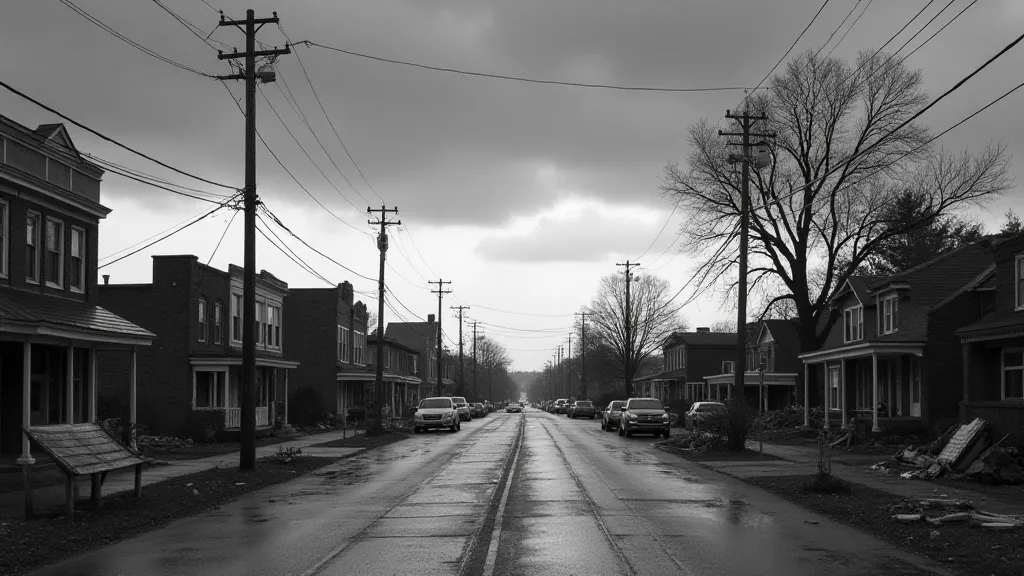
Mid-20th Century Outbreaks and the Development of Understanding
The mid-20th century witnessed a gradual improvement in tornado forecasting and documentation. The development of radar technology allowed meteorologists to detect potential storm development, though still a long way from what we have today. Outbreaks like the 1953 Cleveland-Lorain, Ohio tornado, and the 1965 Palm Sunday tornado outbreak across the Midwest caused significant damage and loss of life, prompting increased research into tornado formation and behavior. These events also led to the standardization of reporting procedures and the beginnings of a national weather alert system. Beyond tornadoes, broader patterns of extreme weather events have been observed, and examining unusual heatwaves alongside tornado outbreaks helps paint a clearer picture of the climate’s influence. The interplay between high temperatures and atmospheric instability is a key driver of severe thunderstorm development, and understanding historical heatwave patterns provides valuable context for assessing the risk of tornado outbreaks.
The Modern Era: Increasing Frequency and Intensity?
Since the implementation of the Fujita scale, there has been an apparent increase in the number of reported tornadoes. However, this is likely attributable to improved detection capabilities (more radar, more spotters) rather than a genuine increase in tornado occurrence. However, some research suggests that the conditions conducive to severe thunderstorms – the "ingredients" for tornado formation – might be changing due to climate change. Warmer temperatures lead to increased moisture in the atmosphere, providing more energy for storm development. Changes in jet stream patterns, also linked to climate change, can alter the location and intensity of storm systems. Furthermore, understanding past climate patterns, such as those observed in historical droughts, offers valuable insights into how these changes might impact future tornado activity. The prolonged absence of rainfall, often associated with drought conditions, can exacerbate atmospheric instability and create a favorable environment for severe thunderstorm development. Drought conditions can also impact vegetation, making areas more susceptible to wind damage.
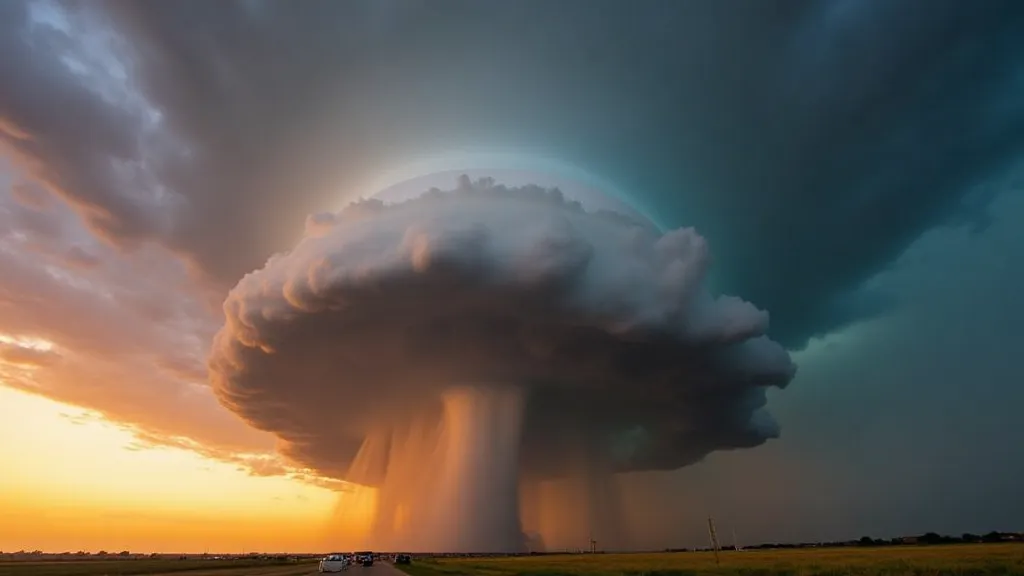
The 2011 Super Outbreak, one of the largest and most devastating in U.S. history, serves as a stark reminder of the destructive potential of these storms. The sheer number of tornadoes (over 300) and the intensity of some of the events were unprecedented. The event's impact was felt across a wide area, affecting numerous communities and disrupting infrastructure for weeks. While attributing any single outbreak definitively to climate change is complex, the broader trend of increased extreme weather events is a cause for concern. Looking at the big picture, it’s clear that broader shifts in precipitation, and the resulting impact on atmospheric moisture, are also key factors. Observing long-term trends in precipitation, including historical rainfall and snowfall patterns, provides context for understanding how these changes impact storm development and intensity. Analyzing these patterns over decades reveals not only shifts in average rainfall but also an increase in the frequency of extreme precipitation events, which can contribute to flooding and exacerbate storm intensity.
Regional Variations and Vulnerability
While the "Tornado Alley" region of the central United States is most frequently associated with severe tornado outbreaks, other areas – including the Southeast and even the Northeast – are also susceptible. The vulnerability of different regions depends on factors such as population density, building construction standards, and the availability of warning systems. Efforts to improve building codes and enhance public awareness are crucial in mitigating the impact of future outbreaks. The impact of these events can be magnified by pre-existing climate conditions, such as drought, which can weaken vegetation and increase the risk of wildfires. The Southeast, for instance, faces the added challenge of hurricane season, which can create conditions favorable for tornado development in association with tropical storms. Furthermore, areas with older housing stock may be more vulnerable to wind damage due to less stringent building codes in the past.
Looking Ahead: Climate Change and Future Tornadoes
Predicting the precise impact of climate change on tornado frequency and intensity remains a significant challenge. However, understanding the basic principles of tornado formation and the influence of atmospheric conditions is vital. Further research is needed to improve our ability to forecast severe weather events and to develop strategies for adapting to a changing climate. The historical record serves as a powerful reminder of the destructive force of tornadoes and the importance of preparedness. Future forecasting models need to incorporate the effects of changing temperature and precipitation patterns, and consider how these changes might affect the ingredients that fuel severe thunderstorms. These models are becoming increasingly sophisticated, incorporating not only temperature and precipitation data but also factors such as soil moisture and vegetation cover, which can significantly influence storm development. The challenge lies in accurately representing these complex interactions in a way that allows for reliable predictions.
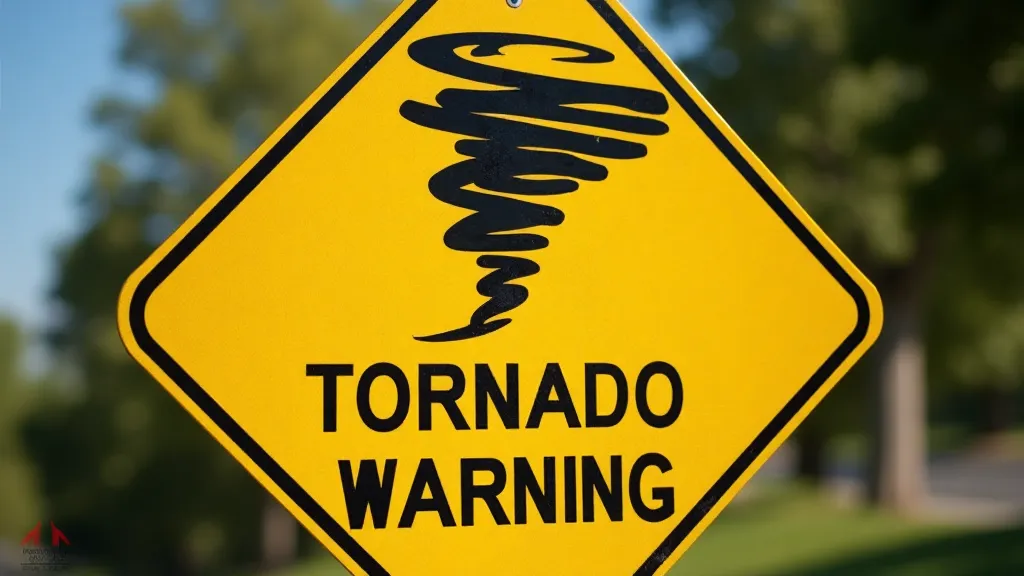
The interaction between climate change and tornado outbreaks is complex and multifaceted. While it's difficult to definitively attribute any single event to human influence, the observed increase in extreme weather events is consistent with climate models. Warmer temperatures lead to increased atmospheric moisture, providing more energy for severe thunderstorms. Changes in jet stream patterns, influenced by climate change, can alter the geographic distribution and intensity of storm systems. Furthermore, the impact of these storms can be exacerbated by pre-existing conditions such as drought, which can weaken vegetation and increase the risk of wildfires. Understanding the potential for changes in tornado behavior will require sustained research efforts and improved data collection.
The future of tornado forecasting hinges on advancements in climate modeling and improved understanding of the complex interactions between atmospheric conditions and severe weather formation. Scientists are working to refine climate models to better predict future changes in tornado activity, taking into account factors such as changes in temperature, precipitation, and jet stream patterns. While there is still much to learn, the historical record provides valuable insights into the destructive force of tornadoes and the importance of preparedness. The integration of machine learning and artificial intelligence into these models holds promise for improving forecasting accuracy and providing more timely warnings. Analyzing vast amounts of historical weather data allows these systems to identify subtle patterns and correlations that might otherwise be missed.
Beyond climate modeling, advancements in radar technology and improved storm spotting techniques will also play a crucial role in enhancing tornado forecasting capabilities. The development of dual-polarization radar, for example, allows meteorologists to better distinguish between different types of precipitation, improving the accuracy of rainfall estimates and allowing for more precise identification of potential tornado threats. Furthermore, the use of mobile radar systems and citizen science initiatives can help to expand the network of storm spotters and provide valuable real-time data on tornado activity. These technologies are continuously evolving, providing meteorologists with ever-improving tools for detecting and tracking severe weather.
Ultimately, mitigating the impact of future tornado outbreaks requires a multifaceted approach that includes improved forecasting capabilities, enhanced building codes, and increased public awareness. By learning from the historical record and embracing scientific advancements, we can better protect communities from the destructive force of these powerful storms and build a more resilient future. Educating the public about tornado safety procedures, such as seeking shelter in a basement or interior room, is just as important as improving forecasting models. Community preparedness programs that include drills and educational materials can significantly reduce the risk of injury and loss of life.



